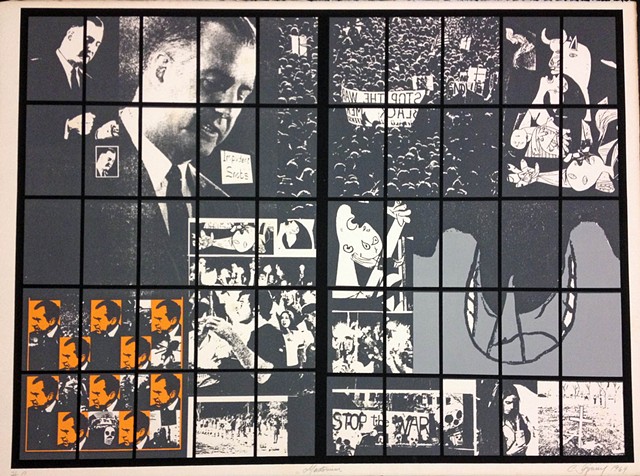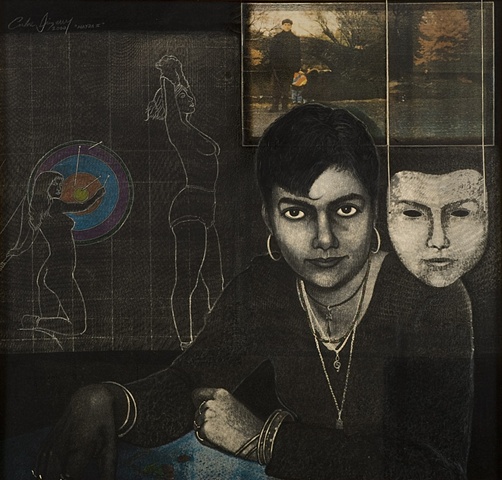Irizarry, Carlos
Carlos Irizarry, (Santa Isabel, PR, 1938 - San Juan, PR, 2017)
Pintor, artista gráfico y digital. Sus primeros años transcurrieron en la ciudad de Nueva York, estableciéndose en Puerto Rico para la década del sesenta. Estudió en la Escuela de Arte y Diseño de Nueva York y luego trabajó en dicha ciudad como pintor y diseñador comercial, uniéndose al taller de artistas Amigos de Puerto Rico. En Puerto Rico fue gestor de importantes proyectos culturales que incluyen la Galería 63, establecida en 1966 y dedicada al arte de vanguardia, y dirigió el Centro Nacional de las Artes. Se ha desempeñado además como director de arte del periódico El Mundo y la Revista Avance, profesor de la Escuela de Artes Plásticas de Puerto Rico y de la Liga de Estudiantes de Arte de San Juan. En los setenta fue encarcelado en una prisión federal por realizar una expresión artística de carácter conceptual, interpretada por las autoridades federales de Estados Unidos como un acto subversivo. Ha sido merecedor de importantes distinciones, entre las que se destaca el Primer Premio obtenido en la Exposición Internacional de Grabado de Protesta, Museo de Arte Europhaus Wien, en Viena, Austria en 1972. Fue el primer artista puertorriqueño en emplear la técnica de la fotoserigrafía. El uso de la fotografía y la yuxtaposición de imágenes son características constantes en su producción figurativa, que se destaca por los mensajes críticos y sociopolíticos de la realidad nacional e internacional. Ha incorporado el lenguaje digital a su proceso creativo.
Carlos Irizarry, (Santa Isabel, PR, 1938 - San Juan, PR, 2017)
Painter, graphic and digital artist. He spent his first years in New York City, taking up residence in Puerto Rico during the sixties. He studied at the New York School of Art and Design and later worked in that city as a painter and commercial designer, joining the Friends of Puerto Rico artists’ studio. He has promoted important cultural projects in Puerto Rico, including Gallery 63, established in 1966 and dedicated to avant garde art; and directed the National Center for the Arts. He has also worked as art director at El Mundo newspaper and Avance magazine, and as a professor at the Puerto Rico School of Visual Arts and the San Juan Art Students' League. He was incarcerated in federal prison during the seventies for performing a conceptual artistic expression which was interpreted by United States federal authorities as a subversive act. He has been awarded important distinctions, notably First Prize at the International Exhibition of Protest Engraving at the Europhaus Wien Museum of Art in Vienna, Austria, in 1972. He was the first Puerto Rican artist to use the photo-silkscreen technique. The use of photography and juxtaposition of images are constant characteristics in his figurative production, notable for its critical and socio-political messages on national and international reality. He incorporated digital language into his creative process.

